Did you know that around one in five of all the world’s bird species migrate? These remarkable avian travelers embark on global journeys, defying geographical boundaries and traversing vast distances across continents. From transcontinental journeys to international migration patterns, these birds showcase the endurance and tenacity of long-distance migratory species.

Join us as we explore some of the fascinating bird species that travel across the globe, covering thousands of kilometers during their migratory journeys. Discover the extraordinary resilience and adaptability of these worldwide traveling birds as they navigate challenging landscapes and overcome numerous obstacles along the way.
Bar-Headed Goose: Reaching New Heights in Migration
The Bar-Headed Goose is an extraordinary bird species renowned for its ability to undertake long-distance migrations at high altitudes. These geese have captured the fascination of scientists and bird enthusiasts alike with their remarkable journeys over the Himalayas.
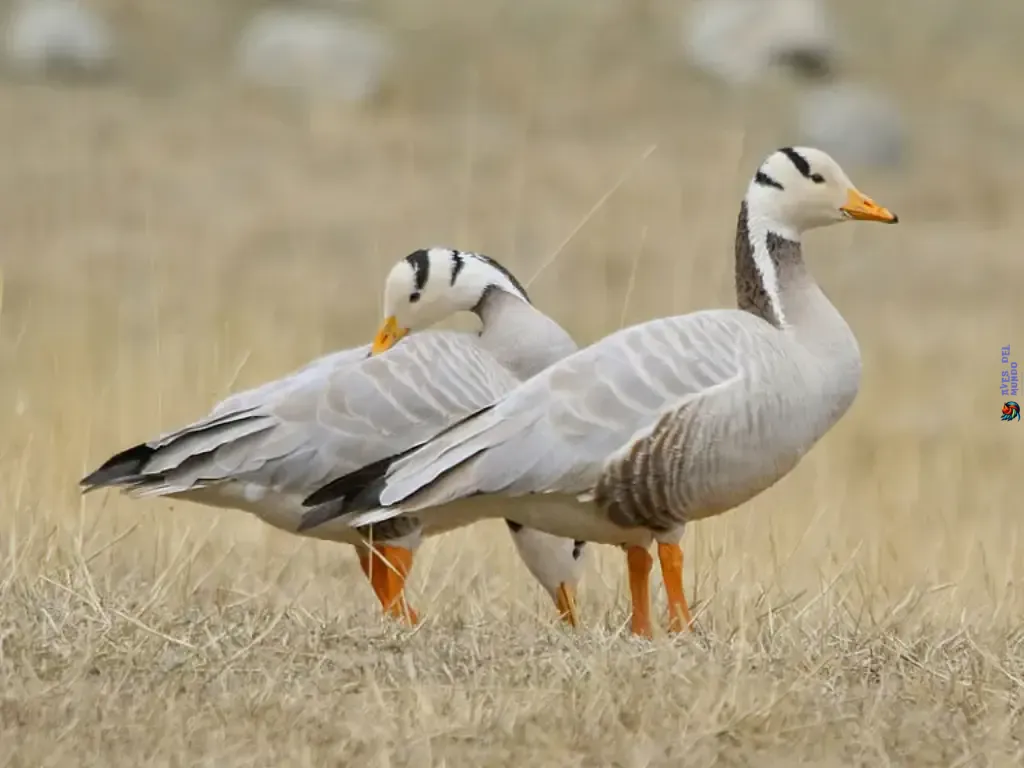
Originating from their breeding areas in Mongolia, the Tibetan Plateau, and northern China, Bar-Headed Geese embark on an arduous migration to their wintering grounds in India. What sets them apart is their ability to traverse the formidable Himalayan mountain range, reaching altitudes of up to 7,000 meters.
These geese demonstrate extraordinary resistance to high altitudes, adapting to the low oxygen levels by flying close to the ground and often undertaking their flights at night. This unique ability allows them to access breeding areas in Mongolia and China and ensures their survival during their demanding migratory journey.
While the population trend of Bar-Headed Geese is decreasing, they are currently classified as Least Concern on the IUCN Red List. Efforts are underway to safeguard their breeding and wintering habitats to mitigate further population decline.
Below is a table summarizing key details about the Bar-Headed Goose:
| Characteristic | Details |
|---|---|
| Scientific Name | Anser indicus |
| Migration Route | Mongolia/China to India via the Himalayas |
| Altitude Reached | Up to 7,000 meters |
| Breeding Areas | Mongolia, Tibetan Plateau, northern China |
| Wintering Sites | India |
| Status | Least Concern (IUCN Red List) |
Great Snipe: A Speedy Marathon Migrant
The Great Snipe, a remarkable long-distance migratory bird, defies expectations with its fast flight speed and incredible endurance. This plump-looking bird embarks on an arduous journey covering a distance of 6,800 km from Scandinavia to sub-Saharan Africa.
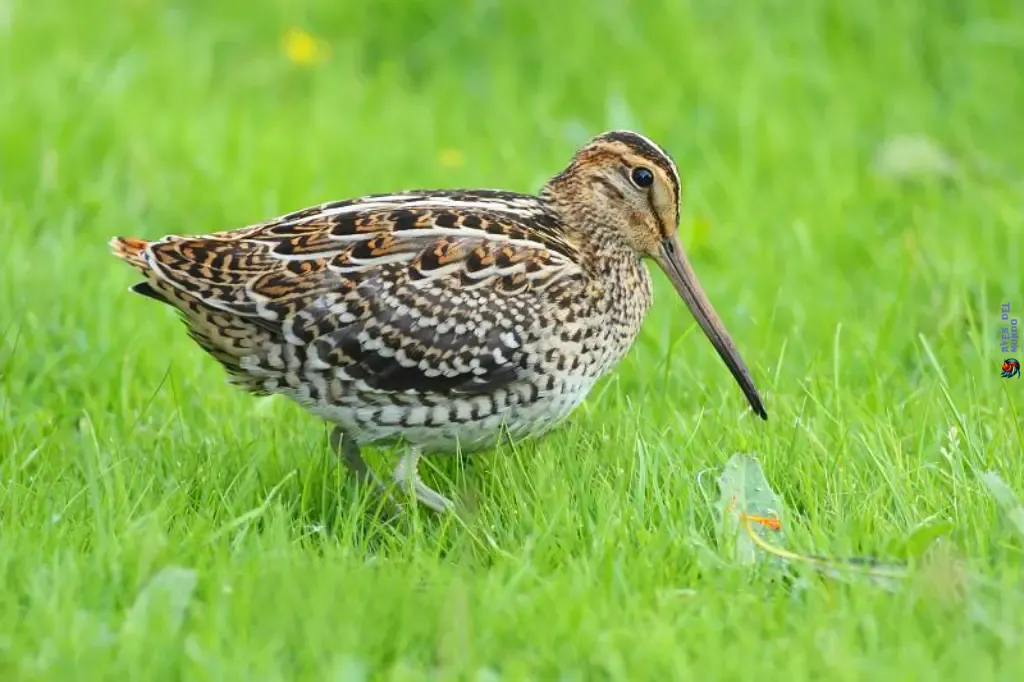
Despite its seemingly cumbersome appearance, the Great Snipe impressively reaches speeds of up to 97 km/h during its migration. This makes it one of the fastest marathon migrants among bird species.
What’s even more astounding is the Great Snipe’s ability to complete its migration without taking any breaks. During this remarkable journey, the bird loses half its weight, showcasing its energy efficiency and remarkable endurance.
With its exceptional flight capabilities, the Great Snipe exemplifies the resilience and tenacity of long-distance migratory birds. Its ability to cover great distances while maintaining fast speeds speaks to the bird’s incredible endurance and energy efficiency.
Bar-Tailed Godwit: The Non-Stop Flight Champion
The Bar-Tailed Godwit, also known as Limosa lapponica, is an extraordinary bird species renowned for its impressive migratory journey. It holds the record for the longest non-stop flight of any bird, embarking on an incredible nine-day flight without rest, covering over 11,000 kilometers from its breeding grounds in Alaska to its wintering destination in New Zealand.
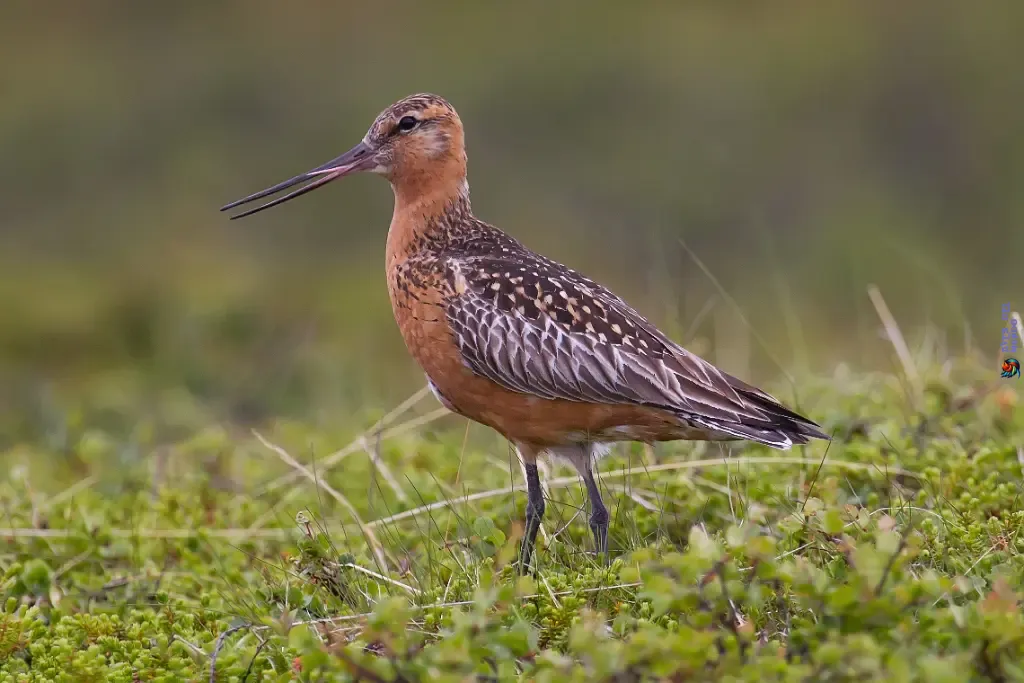
Throughout its non-stop flight, the Bar-Tailed Godwit displays remarkable endurance and resilience, enduring treacherous weather conditions and relying on its fat reserves to fuel its incredible journey. This migratory feat showcases the bird’s adaptation to long-distance flights.
However, the Bar-Tailed Godwit faces various challenges in its migratory journey. Habitat loss, primarily caused by human activities such as coastal development and pollution, threatens the bird’s stopover sites along its migratory route.
To protect the Bar-Tailed Godwit’s habitats and ensure the species’ survival, conservation efforts are being undertaken. These efforts aim to prevent further habitat degradation and raise awareness about the importance of preserving stopover sites for migratory birds.
The Bar-Tailed Godwit’s non-stop flight from Alaska to New Zealand is an extraordinary feat of endurance and resilience.
Despite the challenges it faces, the Bar-Tailed Godwit remains a symbol of the incredible journeys undertaken by migratory birds, captivating scientists and bird enthusiasts alike.
| Species | Migration | Flight Distance | Flight Duration |
|---|---|---|---|
| Bar-Tailed Godwit | Alaska to New Zealand | Over 11,000 km | 9 days |
Red Knot: Covering Impressive Distances
The Red Knot is a fascinating bird species known for its remarkable migratory journey spanning thousands of kilometers. Despite its relatively small wingspan, the Red Knot covers impressive distances, flying nearly 15,000 kilometers every year from the southern coasts of Chile and Argentina to the Canadian Arctic Archipelago.
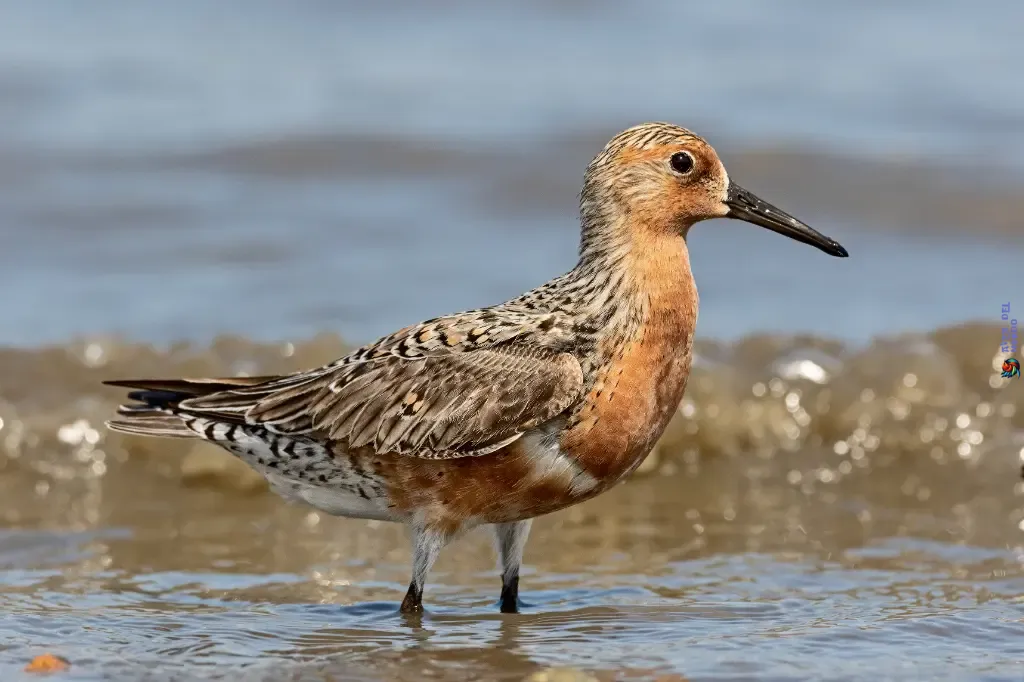
This migratory journey showcases the incredible endurance and determination of these birds as they navigate vast distances, facing numerous challenges along the way. However, the Red Knot’s migratory patterns have been significantly impacted by human interference, posing a threat to its survival.
Coastal development and the overharvesting of horseshoe crab eggs, a vital food source for the Red Knot, have disrupted their migratory journey. In response to these challenges, the Atlantic subspecies of the Red Knot has been listed as threatened under the American Endangered Species Act, highlighting the urgent need for conservation efforts.
To gain a better understanding of the Red Knot’s migratory patterns and the impact of human interference, let’s explore their journey in more detail:
| Migratory Journey | Flight Distance | Impact of Human Interference | Threatened Subspecies |
|---|---|---|---|
| Migratory journey from Chile to the Canadian Arctic | Approximately 15,000 kilometers | Coastal development and overharvesting of horseshoe crab eggs | Atlantic subspecies listed as threatened under the American Endangered Species Act |
The Red Knot’s migratory journey showcases the resilience and determination of these birds as they undertake an incredible flight across continents. However, it also highlights the pressing need for conservation efforts to protect their habitats and food sources.
The Impact of Human Interference on the Red Knot
«Human interference, such as coastal development and overharvesting of horseshoe crab eggs, has significantly disrupted the Red Knot’s migratory journey, threatening its survival.»
The Red Knot heavily relies on horseshoe crab eggs as a vital food source during its migratory journey. These eggs provide the necessary energy for the birds to sustain their long-distance flight. Unfortunately, the increased demand for horseshoe crab eggs, primarily driven by the biomedical industry, has led to overharvesting.
Coastal development, including the destruction of vital wetland habitats, has further exacerbated the challenges faced by the Red Knot. The loss of these crucial coastal areas disrupts the bird’s feeding and resting sites along its migratory route.
The Atlantic subspecies of the Red Knot, in particular, has experienced a significant decline in population numbers due to the combined impact of human interference and climate change. These factors have pushed this subspecies to be listed as threatened under the American Endangered Species Act, emphasizing the urgent need for conservation measures.
«Efforts to protect the Red Knot’s habitats and regulate the harvesting of horseshoe crab eggs are essential for ensuring the survival of this remarkable migratory bird.»
Conservation organizations and governments are working towards implementing measures to safeguard the Red Knot’s habitats and regulate horseshoe crab egg harvests. These efforts aim to provide the necessary resources and protection for the Red Knot’s long migratory journey.
Adélie Penguin: Trekking Across Antarctica
The Adélie Penguin, a non-flying species, embarks on an impressive migration journey in the vast expanse of Antarctica. These resilient penguins trek an average of 13,000 km annually, following the sun as they move from their breeding colonies to their winter grounds in the Ross Sea region and back again.

During the winter months in Antarctica, when the sun remains below the horizon south of the Antarctic Circle, Adélie Penguins face numerous challenges in accessing their primary food source – krill. The sea ice, which serves as a crucial platform for hunting, becomes more difficult to access, forcing the penguins to travel further in search of open water.
Despite the challenges posed by the harsh Antarctic climate, Adélie Penguin populations are exhibiting encouraging trends, particularly in East Antarctica, where populations have been increasing. Climate change, however, remains a significant concern for these charismatic birds. Predictions suggest that rising temperatures and changing ice conditions could negatively impact their preferred breeding and foraging areas in the future.
Observing the annual journey of the Adélie Penguin provides valuable insights into the delicate balance between wildlife and the shifting dynamics of their environment. These remarkable birds serve as ambassadors for the fragile ecosystems of Antarctica, reminding us of the importance of proactive conservation efforts in the face of climate change.
Adélie Penguin Migration Challenges
The Adélie Penguin faces several challenges during its migration in Antarctica:
- Access to food: The availability of krill, the primary food source for Adélie Penguins, is influenced by changing ice conditions and sea temperatures. As ice cover fluctuates and open water becomes scarcer, the distance and effort required to locate suitable foraging areas increase.
- Predation: Adélie Penguins face threats from predators such as leopard seals and killer whales while traversing the icy waters in search of food. The risk of predation heightens as the penguins travel further from their breeding colonies.
- Climate change: Rising temperatures and alterations in ice patterns pose a significant long-term threat to Adélie Penguin populations. Changes in sea ice extent and duration can disrupt breeding cycles, impact food availability, and alter the overall ecosystem dynamics of Antarctica.
Adélie Penguin Population Trends
The population trends of Adélie Penguins in different regions of Antarctica vary. While some populations have shown stability or slight declines, others have experienced notable increases:
| Region | Population Trend |
|---|---|
| West Antarctica | Stable to slight decline |
| East Antarctica | Increase |
| Antarctic Peninsula | Variable, with some declines |
These population trends highlight the complex interplay between environmental factors, including climate change, ice dynamics, and food availability, shaping the distribution and abundance of Adélie Penguins in different parts of Antarctica.
«The migration of Adélie Penguins within Antarctica underscores the remarkable adaptability of these birds to survive and thrive in one of the harshest environments on our planet. Their annual journey is a testament to the resilience of Antarctic wildlife and the urgent need for conservation efforts to mitigate climate change impacts.» – Researcher from the Antarctic Penguin Conservation Institute
Short-Tailed Shearwater: A Globetrotter of the Pacific
The Short-Tailed Shearwater, also known as the Tasmanian Muttonbird, is a remarkable bird species that undertakes an extraordinary migration journey in the Pacific region. Every year, these birds embark on a long and arduous migration route, spanning thousands of kilometers.
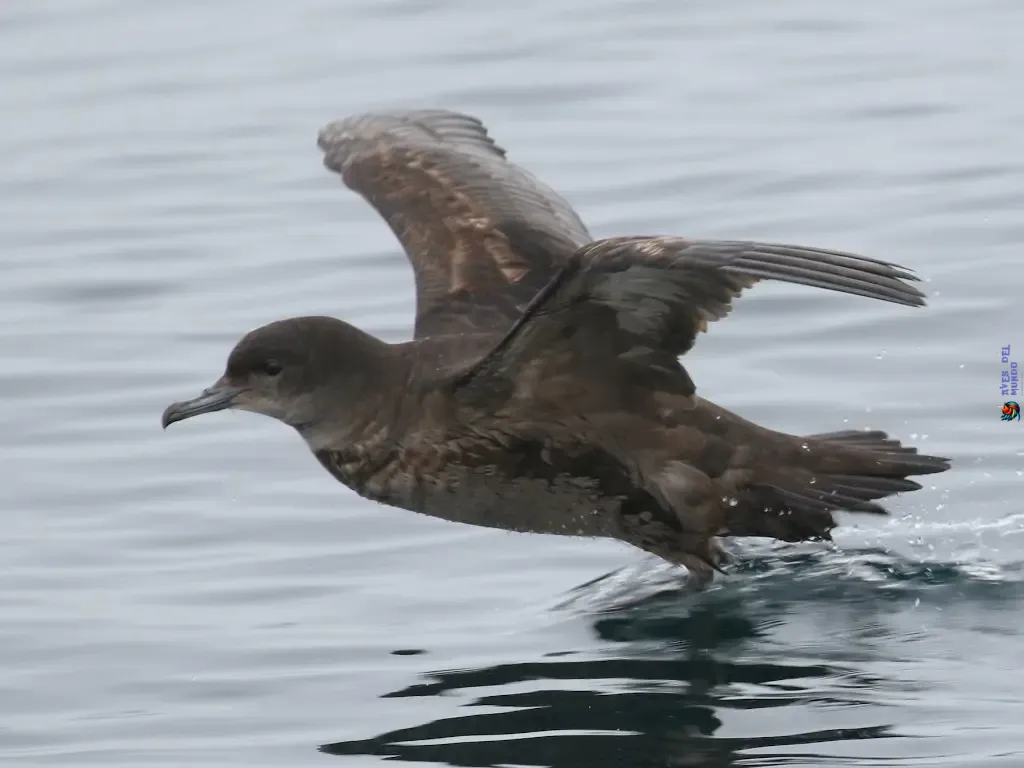
Starting from their breeding grounds in Tasmania and southern Australia, the Short-Tailed Shearwaters make their way to Kamchatka in the Russian Far East. From there, they continue their journey to the Aleutian Islands in Alaska. What makes this migration truly remarkable is that these birds then complete a circular journey around the Pacific Ocean, traveling back along the western coast of North America.
The Short-Tailed Shearwater has developed unique adaptations that enable it to undertake these long flights. These birds are skilled gliders, taking advantage of air currents and winds to conserve energy during their journey. By effortlessly gliding above the water, they can cover vast distances while minimizing the energy expended.
| Unique Adaptations | Population Trends and Conservation Efforts |
|---|---|
|
|
While some regions are experiencing population declines, the Short-Tailed Shearwater remains abundant in Australian waters. Conservation efforts are underway to protect the breeding grounds of these magnificent birds and ensure their long-term survival.
«The Short-Tailed Shearwater’s ability to undertake such an extensive journey is truly awe-inspiring. This bird exemplifies the resilience and adaptability of migratory species.»
The Short-Tailed Shearwater’s circular journey around the Pacific Ocean showcases the immense capabilities of birds when it comes to migration. With their unique adaptations and incredible endurance, these globetrotters continue to captivate bird enthusiasts around the world.
Arctic Tern: A Journey to Remember
The Arctic Tern, a bird species renowned for its extraordinary migration, undertakes a pole-to-pole journey that is the longest known migration in the animal kingdom. Each year, these incredible birds travel from their Arctic breeding grounds all the way to the Antarctic, covering an average roundtrip distance of an astounding 90,000 km. This migratory feat spans from the northern reaches of Greenland to the southern expanse of the Weddell Sea.
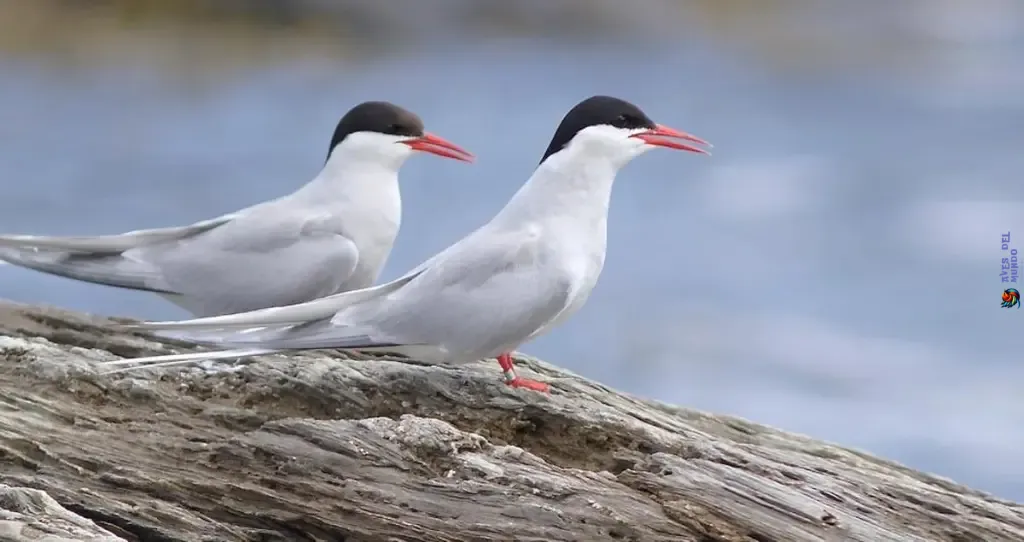
Arctic Terns, with a lifespan of up to 30 years, embark on this epic journey annually. Their total migration distance over a lifetime is equivalent to going to the moon and back more than three times. This remarkable endurance and resilience showcases the immense capabilities of these small avian travelers.
The global impact and reach of migratory bird species like the Arctic Tern are awe-inspiring. Their incredible distances covered and their navigational abilities demonstrate the wonders of the natural world. The Arctic Tern’s pole-to-pole migration is a testament to the enduring spirit of these migratory birds and the astonishing feats they accomplish.



